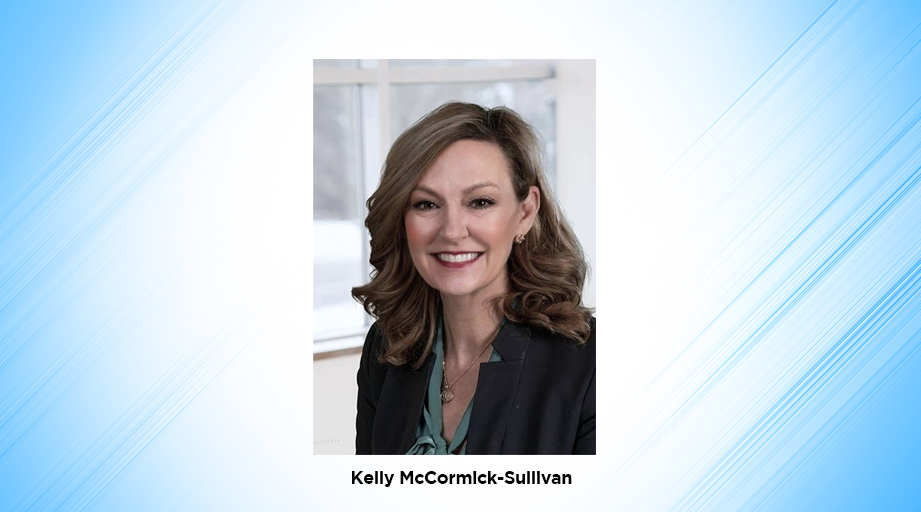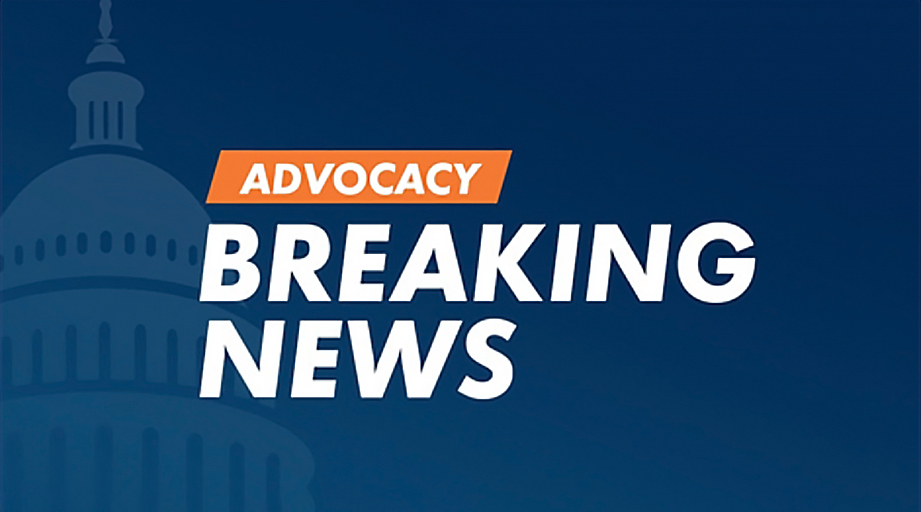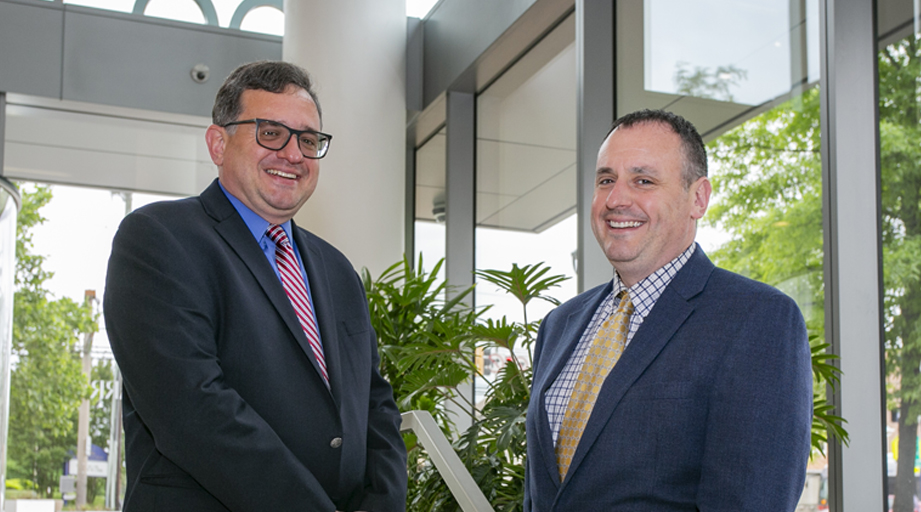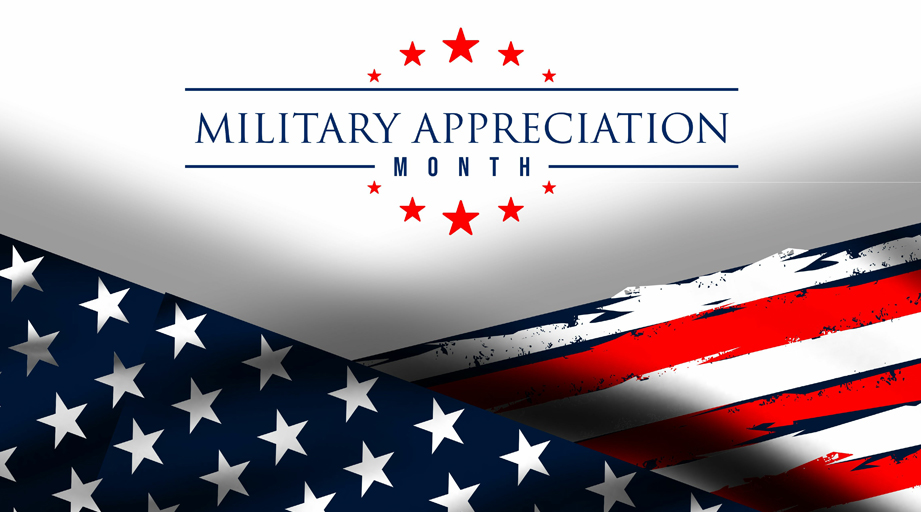
For clinical pharmacists at Ochsner Health System in New Orleans, Louisiana, blood pressure readings collected from patients’ smartphones are central to optimizing medication therapy and controlling hypertension.
“Instead of having 3 readings that are crumpled up on a piece of paper from 6 months ago, we [can] have information up to the minute,” said pharmacist Valentina Williams. “We’re able to truly trend the effects of a medication change on that blood pressure reading.”
Williams is care team supervisor for innovationOchsner (iO), an enterprise that the health system describes as a think tank, innovation laboratory, and healthcare technology company. iO supports patient-centered technology that improves the delivery of healthcare. The organization’s digital hypertension program, which enrolled its first patient in 2015, is one such technology.
“We have about 2,700 patients enrolled in the program right now, and we are currently expanding,” Williams said in July. She hopes the program will eventually serve about 10,000 patients.
A 2017 report in the American Journal of Medicine found that 71% of 156 patients with consistently elevated blood pressure who participated in the health system’s digital hypertension program had reached their blood pressure goal at 90 days, compared with 31% of patients who received usual care. The target blood pressure for both groups was <140/90 mm Hg (<130/80 mm Hg for patients with diabetes or chronic kidney disease).
Williams indicated that outcomes have improved since that report was published, with 80% of patients reaching their blood pressure goal, usually within the first 3 months after enrolling in the digital hypertension program. The patients maintain regular contact with the hypertension care team and receive monthly reports about their progress.
Williams emphasized that the technology supplements primary care and does not replace it.
Participants in the digital hypertension program are required to enroll in MyOchsner, the organization’s free online portal for patients to access portions of their medical record.
In addition, patients need a smartphone and must purchase a digital blood pressure cuff that communicates with the smartphone through an application.
Other than the purchase of the blood pressure cuff, there’s no additional charge for patients to participate in the digital hypertension program. Williams said some insurers cover the cost of the cuff, and Ochsner Health System is working with other payers to expand such coverage.
Once enrolled, participants in the hypertension program are asked to send the healthcare team at least 1 blood pressure reading per week. But Williams said the average is about 4.5 weekly readings.
“The patients are very engaged,” she explained.
A vital underlying component of the digital hypertension program is HealthKit, Apple Inc.’s repository and data-sharing tool for health and fitness applications. Ochsner’s electronic medical record (EMR) system was integrated with HealthKit in 2014, according to the health system. Thus, data collected from the blood pressure cuff by the associated application flow directly into the patient’s EMR.
Williams said newly enrolled patients can visit an O-Bar—the health system’s version of Apple Inc.’s Genius Bars—to buy their blood pressure cuff and get help learning how to use it. She said patients typically download the required smartphone application and take their first blood pressure reading before leaving the O-Bar.
“We try to reach out to patients within 1 or 2 days of that reading,” Williams said.
A health coach—generally a dietitian, social worker, or health educator—is usually the first to phone the patient, she said. During that call, the health coach introduces the program, resolves any technical problems, and asks about the patient’s sodium intake, activity level, social support, and other health-related issues. The coaches work closely with the patients on lifestyle modifications that can improve blood pressure.
After about 2 weeks, or when the patient has taken sufficient blood pressure readings, 1 of the team’s 7 clinical pharmacists calls the patient and adjusts the medication regimen, if needed.
Williams said the digital hypertension program provides a way for healthcare providers to set blood pressure goals that reflect current best practices for the management of high blood pressure.
“We are quite aggressive in targeting these goals, because we do have such close monitoring,” Williams said. And because patients have easy access to their healthcare team, adverse events can be quickly identified and resolved.
In addition to hypertension management, Ochsner’s digital medicine program offers technology-enhanced services for pregnant women and for patients with heart failure or diabetes.
“The goal is to optimize therapy to ensure that our patients are following the most up-to-date guidelines” for each condition, Williams said.
Such digital services are sometimes referred to as mobile health, or mHealth, technologies, which are distinct from traditional telemedicine services.
The American Telemedicine Association (ATA) describes mHealth as the use of cellular phones and wireless technology as a tool through which telemedicine can be practiced. According to ATA, mHealth, because it uses consumer-grade devices, allows for greater mobility of patients and healthcare providers.
Telemedicine, according to ATA, is the remote delivery of healthcare services and clinical information using telecommunications technology. Recent telemedicine initiatives include partnerships between large chain drugstores and healthcare provider organizations to provide limited care to patients through kiosks installed in certain stores.
Not every technology experiment succeeds. In a report published last year in the journal JMIR Human Factors, a federally qualified health center in Connecticut described its attempted adoption of an mHealth service for a small number of patients with uncontrolled diabetes or hypertension.
According to the report, the project was abandoned after 4 months. Problems cited in the report included the recruitment of patients whose phones couldn’t run applications, insufficient time allotted to healthcare providers to explain the program to patients, and lack of technical support for patients.
In addition, because the application didn’t integrate with the health center’s EMR system, the healthcare team had to switch among different computer interfaces to view the health data that were collected during the study.
[This news story appears in the September 15, 2018, issue of AJHP.]









